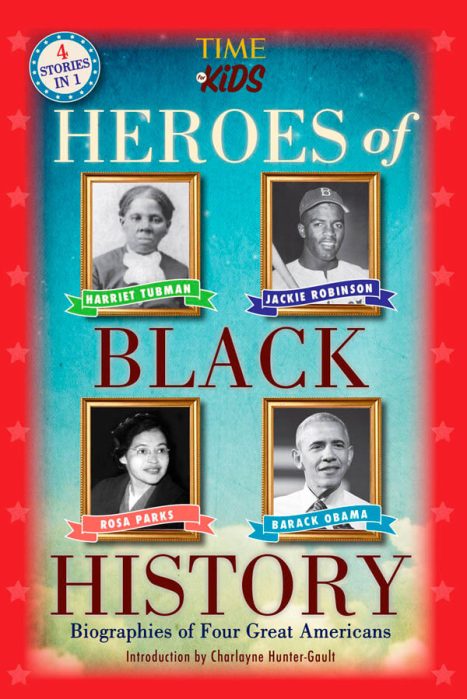Artist, historian and activist Lulu Lolo has taken on the mantle of drawing attention to how few New York City statues and monuments are dedicated to women. In New York City, there are 150 public statues of men and five of actual women who are not symbols — Statue of Liberty or fictitious characters — Alice in Wonderland.
On March 12, in conjunction with the Municipal Art Society, Lulu lead a walking tour to three of the monuments of women plus the Firemen’s Memorial, where she spoke about the celebrated model for its two statues.
When Jamaica-born and Bronx resident Vilma Nelson read about a tour of women’s monuments, she signed up. “I’m disgusted that every public dedication for bridges, roads, airports are named for men,” she said. She loved the tour “helped by the weather;” it was a beautiful day.
The walking tour group convened at the Harriet Tubman statue at West 122 St., St. Nicholas Avenue and Frederick Douglas Boulevard. One of the newest statues in New York City, it is an eye opener for most who have no idea of its existence.
Harriet Tubman (1822-1913) was born a slave in Maryland and escaped via the Underground Railroad in 1849. Sculptor Alison Saar, daughter of artist Betye Saar, created a powerful monument that depicts Tubman not as the ‘conductor of the Underground Railroad but as the train itself… the roots of slavery pulled up in her wake.”
Former Manhattan Borough President C. Virginia Fields championed this monument project. Titled “Swing Low,” it was dedicated in 2008. The New York Parks Department sign in the now Harriet Tubman Triangle offers background information on Harriet Tubman and the development of the memorial.
The base of the statue has panels that alternate between events in Tubman’s life and traditional quilting patterns.
At great peril, Tubman spent 10 years returning to Maryland to guide scores of family and friends to freedom.
The fact that the statue faces south became somewhat controversial. After all, Harriet Tubman traveled north bringing people to freedom. The artist opines, “What is most impressive to me are her trips south, where she risked her own freedom.”
From there, the group continued to the Firemen’s Memorial at Riverside Drive and 100th St. On the north and south side of the Firemen’s Memorial (1913) are allegorical sculptures titled “Duty” and “Sacrifice” and attributed to sculptor Attilio Piccirilli. The model Audrey Munson is said to have posed for these sculptures, which are among more than 15 statues in NYC she is said to have been the inspiration for.
A brief walk to Riverside Dr. and 94th St. took the group to the Joan of Arc sculpture created by sculptor Anna Hyatt Huntington. The sculpture was based on a model Huntington had submitted to the Paris Salon where she had received recognition despite the initial skepticism voiced by the jury that such an accomplished work could not have been a woman’s creation. In this statue, Joan raises in strength her sword to the heavens. Both Joan of Arc and Harriet Tubman had dreams that envisioned their missions said Lulu in her commentary. This sculpture was dedicated 1915.
The group then hopped a bus traveling down Riverside Drive to 72nd Street to see the monument honoring humanitarian and First Lady Anna Eleanor Roosevelt (1884-1962). The sculptor Penelope Jencks modeled the upper body after Mrs. Roosevelt’s great-granddaughter. The monument was dedicated in 1996 in the presence of sculptor Jencks and First Lady Hillary Rodham Clinton.
The Municipal Art Society sponsors walking tours of New York that highlight architecture, history, and specifically focus on landmarked areas, unprotected areas vulnerable to inappropriate development, historic districts, and scenic landmarks.
As for Nelson, she has been on a number of the Society’s tours. The tour has inspired her to want to work on public projects that recognize women such as the current project to erect statues of suffragettes Elizabeth Cady Stanton and Susan B. Anthony in Central Park. The park has 22 statues of men and none of actual women.



























